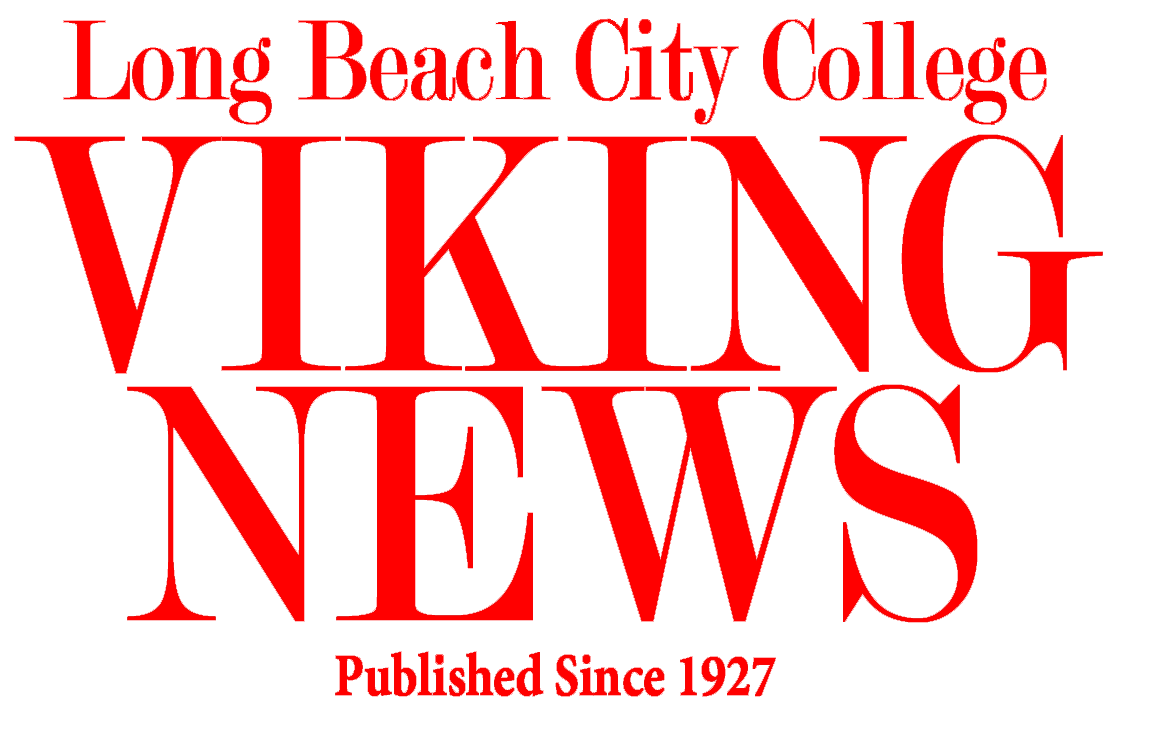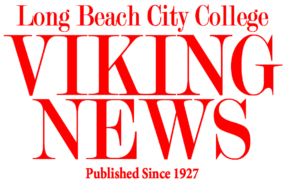On June 15, LBCC received a gift of $30 million from author and philanthropist MacKenzie Scott, and though interim-superintendent president Mike Munoz and the Board of Trustees have already decided to dedicate a portion of the gift to scholarships and investments, they are taking suggestions from the campus at large about how to use the rest until Oct.31.
If the interim superintendent-president and the Board of Trustees are serious about addressing racial equity, creating an affirming campus environment, and increasing holistic support services (as per a campus-wide email sent out this month), they need to think on both short term relief and long term impact.
Specifically, they need to use part of that $30 million gift to supplement mental health resources, create a more complete literacy program, and make book and meal vouchers available for at least the remainder of the pandemic and its effects.
Mental Health
Supplementing mental health resources at LBCC is one of the prime ways the school can meet all three funding priorities, and see long term results on campus.
The pandemic has emphasized the need for mental health resources in students who now find themselves isolated, grieving or struggling to provide for themselves and others.
However, a huge part of the issue is also that it has exacerbated already existing rates of untreated mental illness among college students and minorities.
Even before the pandemic, surveys from the National Alliance for Mental Health and the American College Health Association showed that students cited depression and anxiety as among the top impediments to academic performance.
In 2016 the American Psychiatric Association found that as a trend, racial/ethnic minorities with mental illness are less likely to receive mental health care, although they are more likely than their white counterparts to have a long term disability resulting from mental disorder.
During the pandemic, up to 44% of college students now report symptoms of depression and anxiety. This bodes terribly for the LBCC student population, 87% of which is made up of working class minorities that have been disproportionately physically, emotionally, and economically affected by COVID-19.
The stressors of poverty, institutional racism and working and studying at the same time
add up, and they impact the rates of retention, transfer, and graduation at community colleges like LBCC.
A recent study from the Institute for Higher Education Leadership & Policy at Cal State Sacramento found that 70% of community college students in California fail to graduate or transfer to a 4-year university.
That same study also found that only 26% Black and 22% Latinx students graduated or transferred, as opposed to 37% Caucasian and 35% Asian Pacific Islander students; the gap was explained by the lack of overall resources in underserved communities, ie. the results of poverty and institutional racism.
Supplementing mental health resources can help students recognize and navigate the bleak circumstances and stressors that coming from these communities entails. It can help students differentiate between their abilities and imposter syndrome, or deal with anxiety and depression to meet goals.
Using some of MacKenzie Scott’s $30 million donation to expand and better advertise student mental health services through campaigns and encourage more trainings and collaborations with both on and off-campus organizations can lend to long term benefits that include higher transfer and graduation rates and a campus culture that fosters safe conversations about mental health.
In fact, it would hit all three of the Board of Trustee’s funding priorities by 1) improving student academic outcomes by addressing racial equity gaps, 2) engage in race-conscious, equity minded practices that promote an inclusive and affirming campus environment, and 3) increase holistic support services for vulnerable students.
A More Complete Literacy Program
Similarly, LBCC could make long term strides to close racial inequity by integrating a more complete literacy program.
As of 2021, the U.S. Department of Education estimates that 54% of U.S. adults 16-74 years old read below sixth-grade level. In California alone, the literacy rate is estimated to be 76%, the lowest in the country, and the Literacy Project estimated that in 2020 57% of students failed the California Standards Test in English.
This is a huge issue because higher literacy is tied to job opportunities and socioeconomic status . It is also an issue of racial equity in community colleges because a disproportionate amount of students are coming from underprivileged communities or largely immigrant households where English is not the primary language—or both.
Literacy and critical reading skills above an eighth grade level are necessary to establish effective communication skills, negotiate with employers to avoid getting taken advantage of and responsibly consume media.
Students who come to the LBCC campus with low levels of literacy are likely to struggle through their course work and students who leave the campus with low or barely passable levels of literacy are more likely to struggle at the university level or in the workplace.
LBCC currently works to address this issue through the implementation of a Reading program in the Reading and Teacher Preparation department, which functions as a way to help students navigate college level reading.
However, the program currently consists of two tracks, Adult Literacy and Reading in Health Sciences, which are meant to refresh students with basic comprehension and communication strategies and to accustom students to texts at the college and technical level.
This is a pragmatic approach which can be helpful, but being able to cope with a text is not the same as full literacy. As it stands, each program track has only two classes each, and two classes can only do so much to get students up to speed after a lifetime without appropriate resources or examples.
Part of full literacy is the ability to analyze and make inferences across mediums. Successful students that can thrive in adult society should be able to understand how language and communication are used with people, media and entertainment, and legal and technical situations.
Learning the words to explain a concept gives people the ability to master the concept, and also critique it and it’s opposite; mastery of language impacts all other areas of success, and social and emotional development.
Investing in redesigning the Reading Program’s structure and curriculum to emphasize not just the basics of reading and writing, but the way they impact everyday lives in both public and individual ways, could motivate students to pursue lifelong literacy. Adding courses that run parallel to student coursework or integrated workshops could help students learn better and apply that new knowledge as they go.
Similarly, the integration of cohort and support structures like the one used in LBCC’s Puente transfer program could motivate students by making reading and writing an interactive experience where they can integrate their values and goals to make literacy a tool that serves them, and not something they put up with.
If the school is earnest in its efforts to remediate illiteracy and equip students to thrive, it needs to invest in a program that spans longer time and approaches literacy from a social and cross-disciplinary angle.
Book and Meal Vouchers for Immediate Relief
In contrast to longer term investments in mental health resources and literacy, some of the donation should go into a short term immediate relief voucher program for food and books.
For at least the remainder of the pandemic, LBCC should bring book and food vouchers from the federal level to the school level to save underprivileged students money during already difficult times.
Surveys from the Education Data Initiative indicate that in 2020, 25% of community college students said they worked extra hours to pay for their books and materials, and 11% even skipped meals to afford books and course materials. That same year, 19% of those students also said what materials they could afford directly influenced what classes they took.
It’s absurd for the cost of materials to have such an influence on student opportunities, and immoral to expect many students who have lost their jobs and/or homes to do well in school when they have to worry about how to survive or decide between food and their education. This is especially an issue as the cost of textbooks continues to rise even faster than the rate of tuition, going up 88% between just 2006 to 2016 according to the U.S. Bureau of Labor Statistics.
According to nonprofit advocacy group Achieving the Dream, the average annual cost of textbooks for community college students is $1,300, or $433 per semester. To students struggling to pay for costs of living, this can be an immense burden.
Using already existing data from financial aid services, the school can make book vouchers that can account for at least some of those costs and help relieve some of the disruptive stressors of poverty.
They can do the same for food vouchers that make meals accessible to students in need.
According to LBCC’s Helping Homeless Students Fund, one in six students at the school experience homelessness or housing insecurity, and likely have a hard time accessing meals.
Making food accessible to underprivileged and homeless students is clearly enough of a concern that LBCC has been waitlisted for the use of EBT cards since 2019; developing a an in-school student voucher during the pandemic could serve as a temporary replacement or a test-run to see how successful integrating CalFresh or SNAP benefits could be.
Overall, the best way to put MacKenzie Scott’s $30 million dollar donation to good use is to balance long term program and resource reforms with smaller pandemic related relief.
The best way to do this is via considering the impact that mental health, literacy, and access to basics like food and books have on racial equity, transfer and graduation rates, and the general well-being of students.


